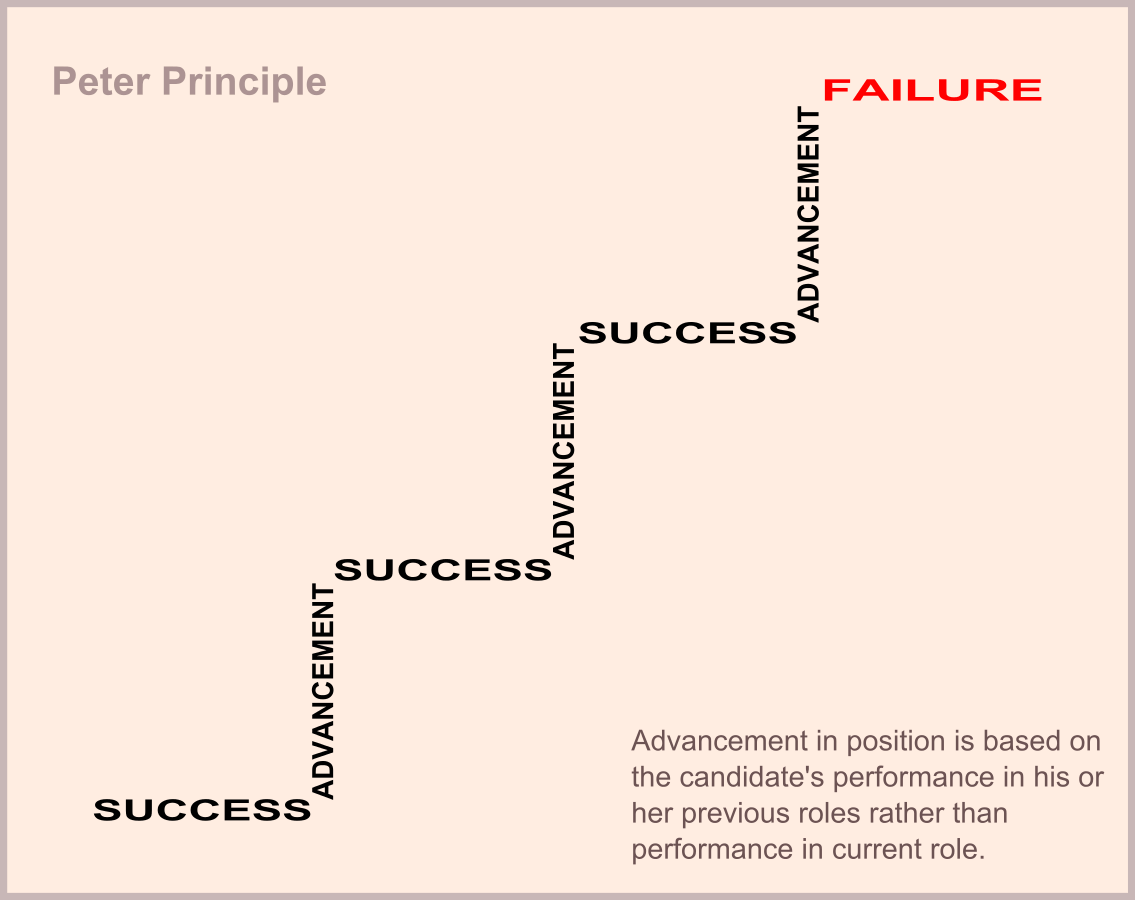 A new study reveals that individual genes can create many different versions of the molecular machinery that powers the cell.
A new study reveals that individual genes can create many different versions of the molecular machinery that powers the cell.
The millimeter-long roundworm Caenorhabditis elegans has about 20,000 genes — and so do you. Of course, only the human in this comparison is capable of creating either a circulatory system or a sonnet, a state of affairs that made this genetic equivalence one of the most confusing insights to come out of the Human Genome Project. But there are ways of accounting for some of our complexity beyond the level of genes, and as one new study shows, they may matter far more than people have assumed.
For a long time, one thing seemed fairly solid in biologists’ minds: Each gene in the genome made one protein. The gene’s code was the recipe for one molecule that would go forth into the cell and do the work that needed doing, whether that was generating energy, disposing of waste, or any other necessary task. The idea, which dates to a 1941 paper by two geneticists who later won the Nobel Prize in medicinefor their work, even has a pithy name: “one gene, one protein.”
Over the years, biologists realized that the rules weren’t quite that simple. Some genes, it turned out, were being used to make multiple products. In the process of going from gene to protein, the recipe was not always interpreted the same way. Some of the resulting proteins looked a little different from others. And sometimes those changes mattered a great deal. There is one gene, famous in certain biologists’ circles, whose two proteins do completely opposite things. One will force a cell to commit suicide, while the other will stop the process. And in one of the most extreme examples known to science, a single fruit fly gene provides the recipe for more than 38,000 different proteins.
But these are dramatic cases. It was never clear just how common it is for genes to make multiple proteins and how much those differences matter to the daily functioning of the cell. Many researchers have assumed that the proteins made by a given gene probably do not differ greatly in their duties. It’s a reasonable assumption — many small-scale tests of sibling proteins haven’t suggested that they should be wildly different.
It is still an assumption, however, and testing it is quite an endeavor. Researchers would have to take a technically tricky inventory of the proteins in a cell and run numerous tests to see what each one does. In a recent paper in Cell, however, researchers at the Dana-Farber Cancer Institute in Boston and their collaborators reveal the results of just such an effort. They found that in many cases, proteins made by a single gene are no more alike in their behavior than proteins made by completely different genes. Sibling proteins often act like strangers. It’s an insight that opens up an interesting new set of possibilities for thinking about how the cell — and the human body — functions.
Source: One Gene, Many Proteins | Quanta Magazine
Different people’s brains absorb a compelling story in the roughly the same complicated pattern, using many parts of the brain, researchers found.






